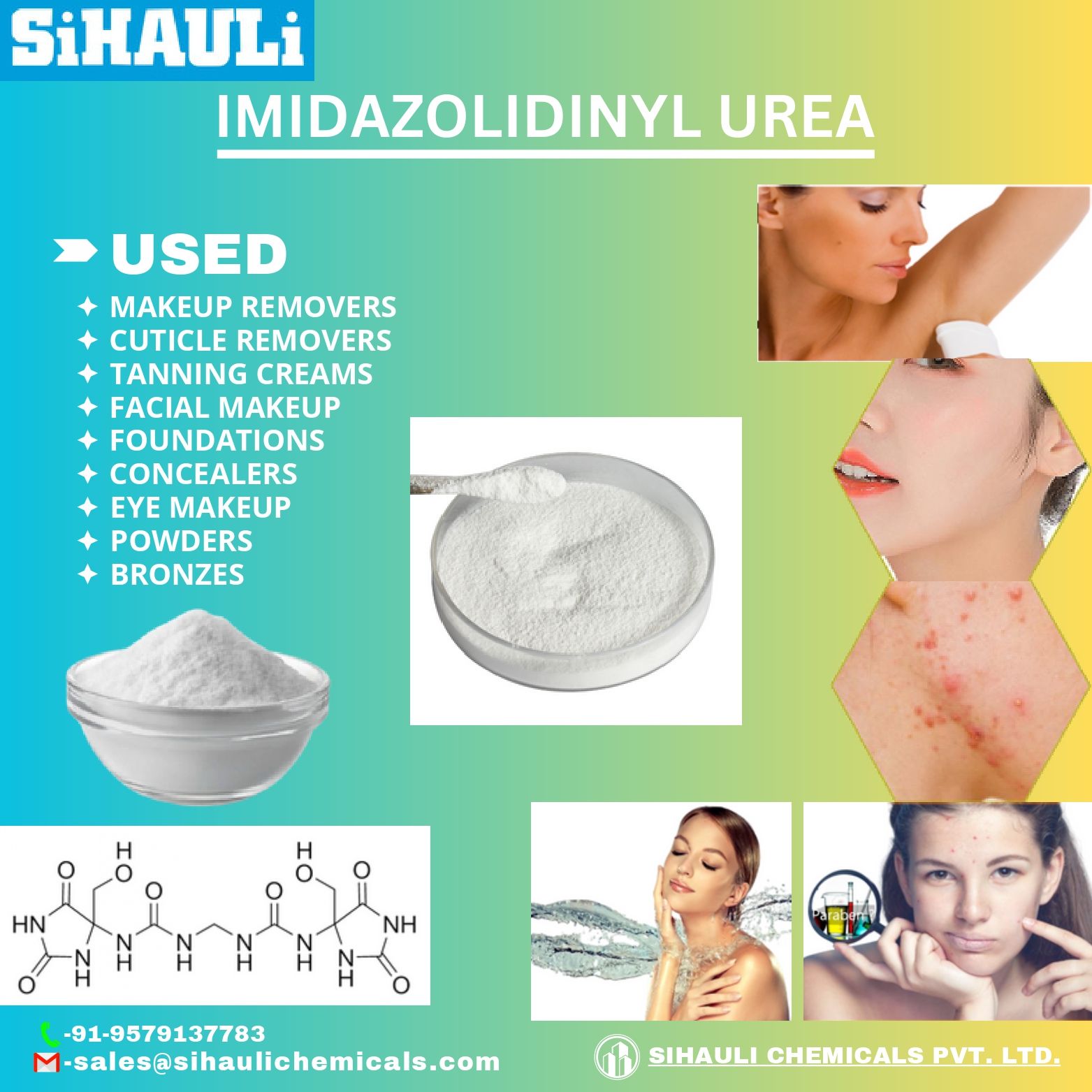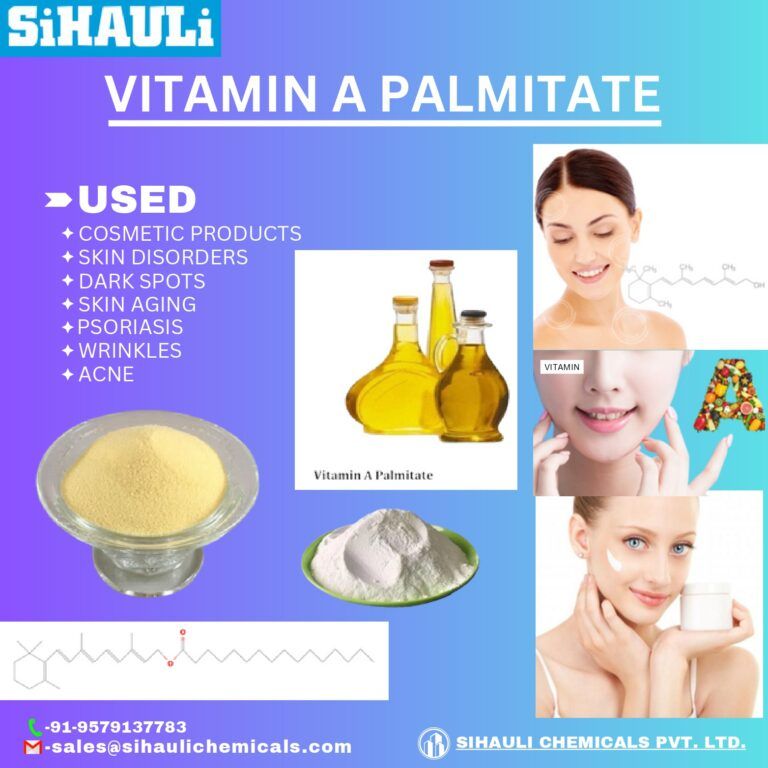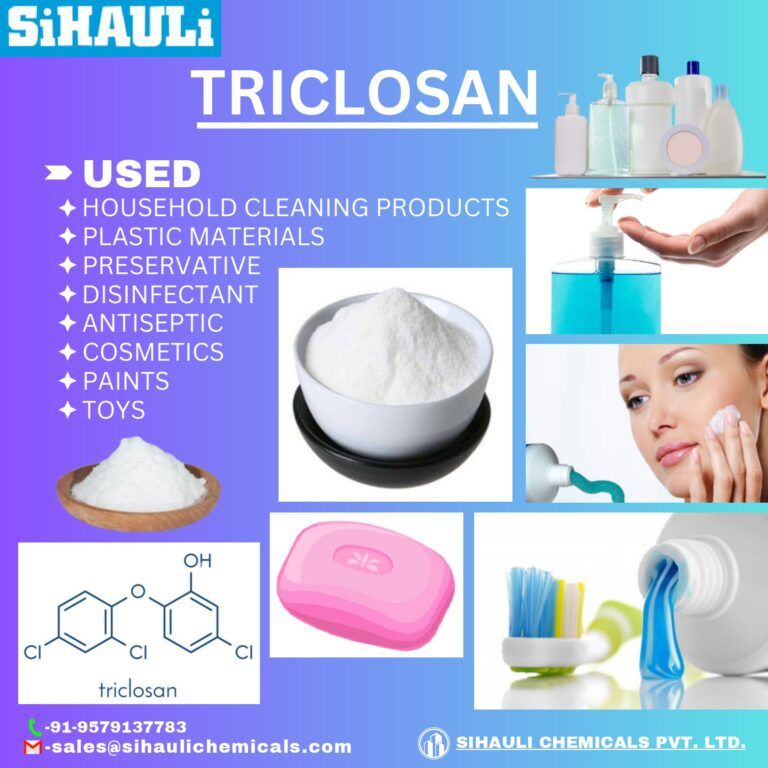Imidazolidinyl Urea kills microorganisms, or prevents or inhibits their growth and reproduction. Preventing the growth of microbes protects cosmetics and personal care products from spoiling. Follow this link for more information about how preservatives protect cosmetics and personal care products.
imidazolidinyl urea and where is it found?
Imidazolidinyl urea is a formaldehyde-releasing preservative. It is used in many cosmetics and pharmaceutical preparations.
- Cosmetics
- Foundations, powders, concealers
- Eye makeup (liners, shadows, mascara)
- Facial makeup (blushes)
- Bronzes and tanning creams
- Makeup removers
- Cuticle removers
- Self-hygiene/pharmaceutical products
- Burn remedies
- Shampoos
- Moisturizing lotions and creams
- Body powders
- Sunscreens
- Cleansers and other skincare products
- Prescription topical medications
What are the reactions to imidazolidinyl urea allergy?
- Typical allergic contact dermatitis reactions may occur, however, imidazolidinyl urea is not a common cause of contact allergy when compared with other preservatives. For this reason, imidazolidinyl urea is often the preservative found in products that are labelled ‘hypoallergenic’. However, if you have a sensitivity to imidazolidinyl urea, these products are far from being hypoallergenic and should be avoided.
Hand dermatitis and chronic paronychia
Chronic paronychia and hand dermatitis
Am I allergic to imidazolidinyl urea?
Imidazolidinyl urea allergy is diagnosed from the clinical history and by performing special allergy tests, i.e. patch tests. Patch testing with 2% imidazolidinyl urea in petrolatum is used. Self-testing a product for imidazolidinyl urea is possible but should be done only after first talking with your doctor. This should be done only with products that are designed to stay on on the skin such as cosmetics (not including eyeliners or mascaras) and lotions. Apply a small amount of the product to a small tender area of skin such as the bend of your arm twice a day for 1 week. Examine the area each day and if no reaction occurs, repeat the test on a small area in front of your ear. If no reaction occurs, it is unlikely you are allergic to it. Even so, you should still be cautious if you are intending to use it over large areas as it may be an irritant.
Products such as shampoos and cleansers should not be tested in this way as they may cause an irritant dermatitis if they are covered or overused on tender areas.
Treatment of contact dermatitis due to imidazolidinyl urea exposure
If you are diagnosed with imidazolidinyl urea allergy then avoid exposure to imidazolidinyl urea-containing products.
Once dermatitis appears on the skin, treatment is as for any acute dermatitis/eczema, i.e. topical corticosteroids, emollients, treatment of any secondary bacterial infection (Staphylococcus aureus), etc.
What should I do to avoid imidazolidinyl urea allergy?
Read product labels and avoid products that contain imidazolidinyl urea or any of its alternative names. Be wary of products that are labelled ‘hypoallergenic’ as these often contain imidazolidinyl urea.
Avoid related substances that you may also be allergic to. This includes formaldehyde and other formaldehyde-releasing preservatives found in cosmetics, topical agents, and industrial and metalworking fluids.
- Formaldehyde-releasing preservatives to avoid
- Quaternium-15 (Dowicil®)
- Diazolidinyl urea (Germall II®)
- DMDM hydantoin (Glydant®)
- Bromonitropropane diol (Bronopol™)
- Tris (hydroxymethyl) nitromethane (Tris Nitro®)
- Alert your doctor to the fact that you have an allergy to imidazolidinyl urea. Your dermatologist may have further specific advice, particularly if you are highly sensitive. Preparations that contain other types of preservatives, as long as you do not have an allergy to these too, should be safe to use. Ask your pharmacist for advice.
Possible suitable alternative preservatives
- Methylparaben, ethylparaben, propylparaben, butylparaben, benzyl paraben (parabens)
- Methylchloroisothiazolinone
- Methylisothiazolinone
- Methyldibromoglutaronitrile/phenoxyethanol
- Sorbic acid
- Propylene glycol




